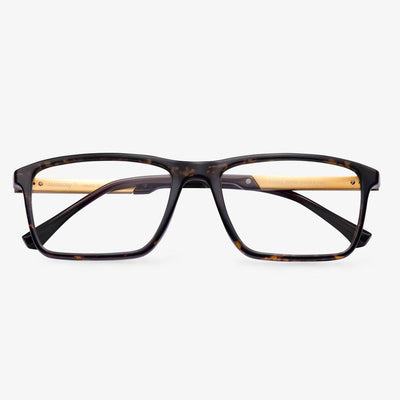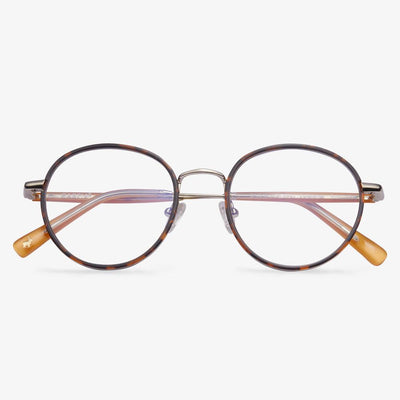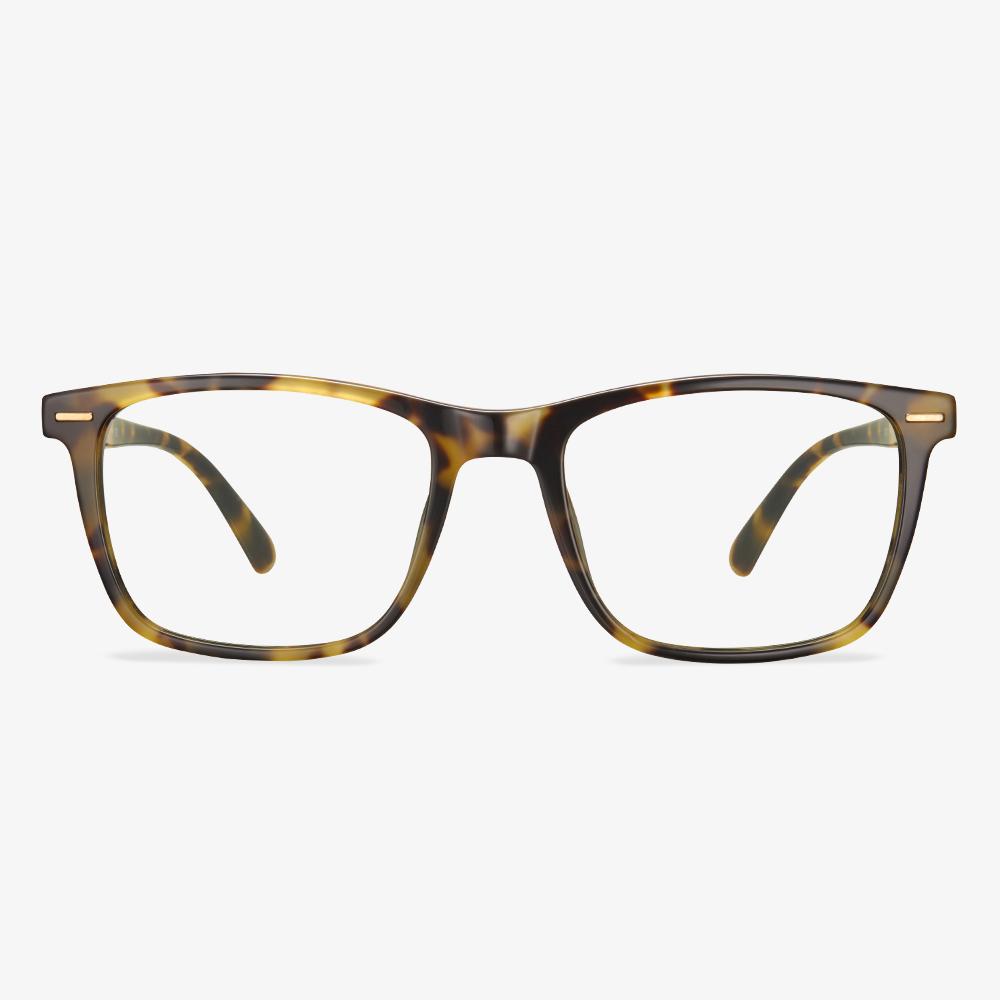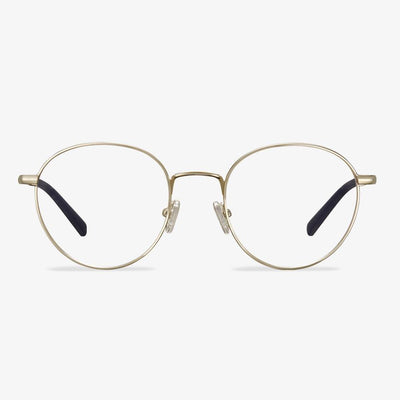What's the difference between optical frames and normal frame?
The optical frame is used in optical products, but decorative glasses and fashion frames are not in this category. Optical glasses require even treatment of lens pressure, so the inner wall should be even and smooth. Optical glasses require high levels of ergonomics, lens angle, and so on. The optical frame material is more consistent with the structure of the human body. It is more comfortable to wear without side effects.
Semi-rimless glasses are easier to clean and maintain
Semi-rimless glasses usually have only half of the glass frame. We tend to wipe our glasses in one direction, but we all know that the glasses are all wrapped up. So when some small particles appear on our glasses, these things can not be wiped out by the glasses cloth, and it is easy to scratch the lens. This is one of the drawbacks of full-frame glasses.
Use them in exchange for a new pair.
A trade-in would be an excellent option. The old eyeglasses can be recycled by taking them to the optical shop, which is a low carbon and environmentally friendly.
Titanium alloy
The definition of titanium alloy is relatively broad. As long as it contains titanium material, it can be called titanium alloy. Therefore, the quality and grade of titanium alloy glasses frames are uneven, and the component of titanium alloy has a direct impact on the price of titanium alloy glasses. Titanium alloy glasses are made not to reduce the cost, but to improve the application performance of the material.
Why are eyeglass frames are so expensive?
Plastic frames are often used for rimless glasses, but they are not very resistant to corrosion and break easily. The plate is a new type of plastic, and it is light and has high hardness, not easy to deform, but the surface is easily corroded by sweat. TR90 has features of wear resistance, good chemical resistance, solvent resistance, weather resistance, not burning, high-temperature resistance. Plastic steel does not contain any metal, but it is a kind of high-strength molecular material, lighter than TR90. They have a higher level in corrosion resistance and strength and other aspects. The frames made of good materials are more comfortable, durable, and textured in daily wear, and will not cause skin allergies. Plate, titanium, TR90, alloy are the most used materials on the market at present. The price is in dozens of yuan to hundreds, thousands of yuan.
Design principle of aspheric lens
Early optical lenses use spherical lenses. Because the glasses were small round frames, the problem of lens edge aberration was not paid attention to. It wasn't until large frames became popular that the problem became apparent. For the spherical lenses, aberration cannot be corrected with the combined lens. Only a few variables of the lens can be found to reduce aberration and improve clarity. Aspheric lenses are designed to reduce the aberration of optical correction lenses and to make lenses flatter and reduce lens magnification. We can get clearer, thinner, lighter-quality lenses. Thus, aspheric lenses are used to reduce aberration and astigmatism to a minimum, close to the natural vision of the naked eye. The spherical aberration can be reduced by changing the curvature of the edge. The refraction in the central region is high and decreases evenly toward the edges.
The anti-reflection principle of the anti-reflection film
Anti-reflection Coating, known as anti-reflection membrane, is called anti-reflection coating in English, or AR membrane for short. The basis of anti-reflection is the wave and interference of light. The principle is: Two light waves with the same amplitude and the same wavelength are superimposed, then the light wave amplitude is enhanced. The two wavelengths and amplitudes are the same, but the superposition of wavelengths with different wave paths (similar to dislocation) cancels each other out. Therefore, the anti-reflection film plated on the surface of the lens uses this principle to make the reflected light generated by the front and rear surfaces of the film layer interfere with each other, thus canceling each other and achieving the effect of reducing reflection.











































